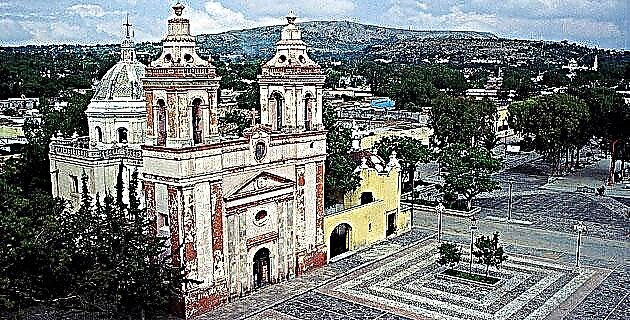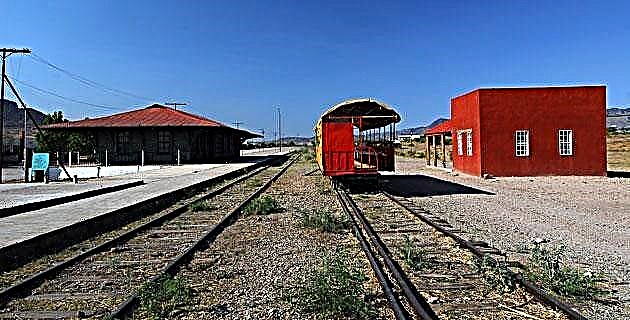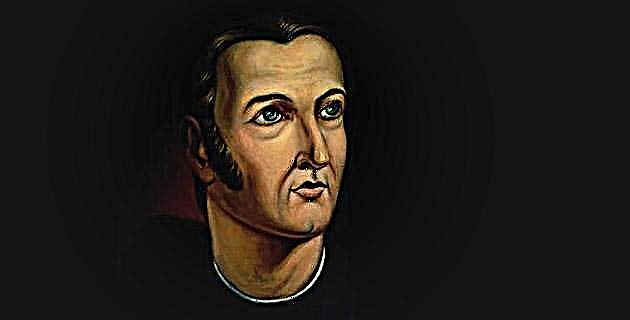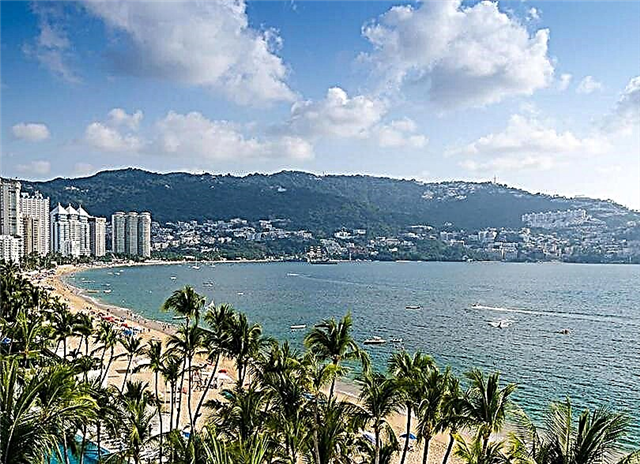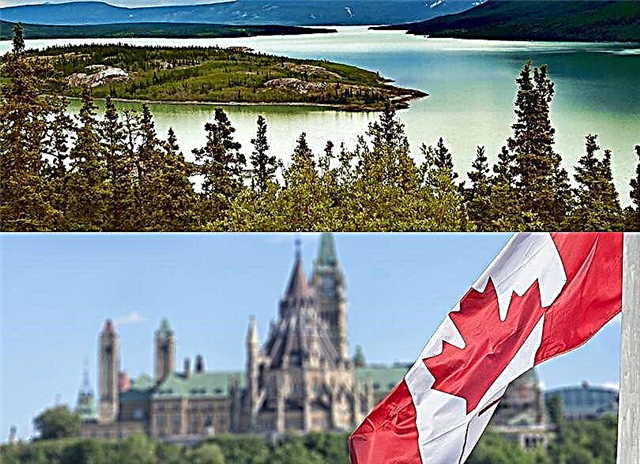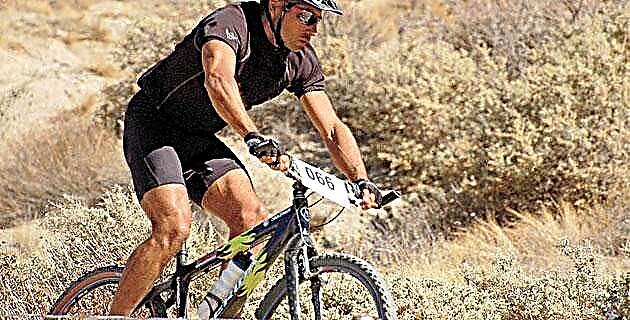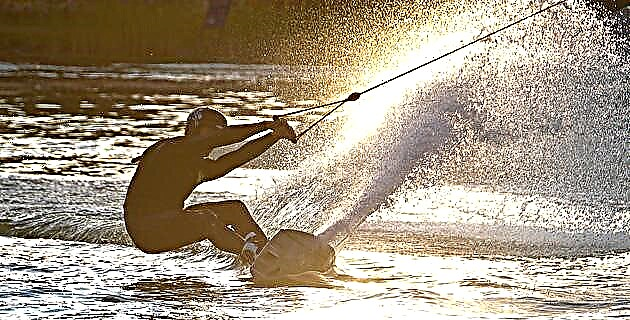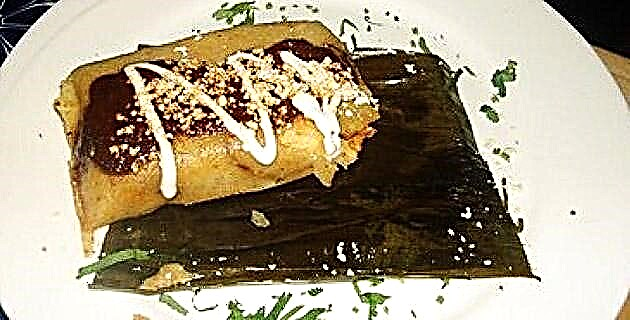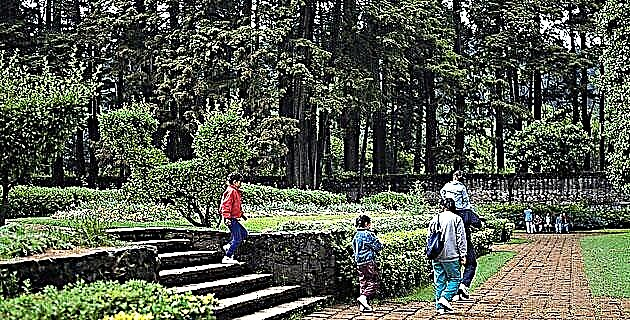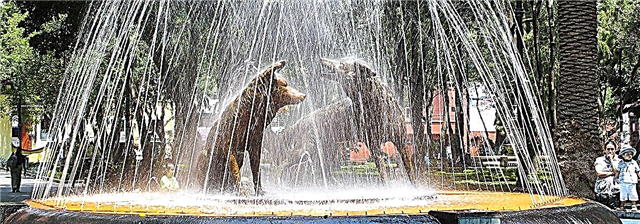
We invite you to visit the Federal District, one of the largest cities in the world, a mosaic of cultures and architectural styles that make it a city of cities.
FRIDAY
If you arrive on Friday afternoon to enjoy a weekend in Mexico City, you can stay at a hotel near the Historical Center, in order to facilitate transfers.
Before deciding where to dine, say hello to the Cathedral. And just half a block from it you will find the COLEGIO DE SAN ILDEFONSO, which was once the heart of the University. One block north, on República de Argentina street, is the SECRETARY OF PUBLIC EDUCATION, on whose walls Diego Rivera gave free rein to the painting of the newly triumphant Revolution. Furthermore, in the many old-fashioned bookstores in the area it is still possible to find out-of-print books or old editions.
To the right of Main temple, at number 32 in Guatemala, you can go up to the roof, where you will find THE HOUSE OF THE SIRENSAn excellent place to have a delicious hen in mango mole, while admiring the Cathedral from a little-known angle, as well as the National Palace and the domes that adorn the landscape.
If you turn right through Guatemala and reach Brazil number 5, you will find a very noisy tortería at the entrance of BAR LEÓN, which is also a cathedral, but of salsa. Admission $ 45 and live music until three.
SATURDAY
If you are one of those who insist on having breakfast in the portals of each town you visit, here you will not miss where. For example, in the southwestern corner of the Zócalo is the GREAT HOTEL IN MEXICO CITY, where you can admire the stained glass ceiling and an old cage elevator. The restaurant serves a buffet from seven, and there are tables on the terrace overlooking the Palace.
Now, walking north, you can visit the portal (which was called merchants), and even buy a typical hat from any state in the country. Thus, we arrive at the side of the Cathedral, where: a) there is a tourist information module of the D.F. government; b) there is the monument that marks the origin of the roads that leave the city and that reported on the water level of Lake Texcoco, and c) is the terminal for pedicabs.
Ten thirty is a good time to be among the first in front of the famous Dream of a Sunday Afternoon in Alameda Central, a mural that Diego Rivera painted for the Hotel del Prado, a victim of the earthquakes of 85. In the work they appear, in addition to the author and the famous Catrina skull, Frida Kahlo and a whole host of characters from our history. Outside awaits you live THE ALAMEDA that he saw portrayed. Although it has been there for more than two centuries, its current layout dates from the late 19th century, when it was populated with fountains, monuments and statues that we can still admire.
Towards the middle of La Alameda, on Av. Hidalgo, is the PLAZA DE LA SANTA VERACRUZ, where, face to face, the church that gives it its name, one of the oldest in Mexico, and that of SAN JUAN DE DIOS, Baroque building where Saint Anthony of Padua is venerated. In between there are two museums: the Franz Mayer and the Nacional de la Estampa.
Continuing along Av. Hidalgo we arrive at the Central Axis, where there are two formidable works by the architect Adamo Boari, undertaken at the beginning of the 20th century: the PALACE OF FINE ARTS and the CENTRAL MAIL BUILDING, which will leave you speechless, as its golden filigree appears again once the restoration of the building is completed. On the upper floor is the POSTAL MUSEUM. This one does not exhibit a philatelic collection but one of mailboxes, in particular there is a piece that is worth the visit: a “canvas with mosaic effects”, 4 × 5 meters, made by Pablo Magaña with 48 234 stamps from the years 1890 to 1934 . See images
Now, in PLAZA MANUEL TOLSÁ, on the first street of Tacuba, enter the MINING PALACE, a fundamental jewel of the neoclassical designed at the end of the 18th century by the Valencian architect and sculptor, and the COMMUNICATIONS PALACE, inaugurated during the celebrations of the Centennial of Independence and that today houses the NATIONAL MUSEUM OF ART (MUNAL). At the center of the Plaza is El Caballito, the equestrian statue of Carlos IV that some of us still saw in front of the Lottery building.
The MUNAL now presents the fruits of its comprehensive rethinking, offering a panorama of the arts in Mexico, from pre-Hispanic times to the mid-20th century. See images
Continuing along Filomeno Mata street, turning right and half a block away, is the oldest cantina in the city, the BAR LA OPERA, in which one can imagine the emergence of Francisco Villa, who left some shots on the ceiling whose marks are still visible, in contrast to its French-style decoration. We suggest you order marrow soup and ask about its legends.
Moving towards the end of Av. 5 de Mayo you can make a “doctor's visit” to PALACE OF FINE ARTS, whose construction was completed by the revolutionary governments, which determined that singular competition of grandeur: the Porfirian splendor of architecture, the art deco of details, as well as the murals of Orozco, Siqueiros, Montenegro and Tamayo; inside, the famous stained glass curtain, made by Tiffany; above is the MUSEUM OF ARCHITECTURE, and on the left, the ideal place to have the coffee that you left pending. See images
We follow the route of Duke Job: from the doors of La Sorpresa / to the corner of the Jockey Club (although in the opposite direction). We will advance along Madero Street, which the “good children” of the early twentieth century used to travel to flirt. We will see the HOUSE OF TILES, built in the 16th century and whose façade is covered with tiles from Puebla. Opposite, the TEMPLE OF SAN FRANCISCO that preserves in its interior an altarpiece of the XVIII century dedicated to the Virgin of Guadalupe.
One block ahead is the one outside ITURBIDE PALACE. Upon reaching the corner of Allende and Madero, on the first floor is the CASASOLA PHOTOGRAPHY BAZAR, where the heirs of the illustrious photographer will gladly sell you reproductions of the most famous photos of the Revolution.
The next intersection corresponds to a pedestrian street: Motolinía. There is the HOUSE OF THE MARQUÉS DE PRADO ALEGRE. Opposite, in a modern building, a figure shows the level to which the water reached during the flood of 1619. We leave the old Plateros street and pass in front of the CHURCH OF LA PROFESA to admire the very French buildings that escort it and, crossing the PLINTH, we arrived at OLD PALACE OF THE ARCHBISHOP on Calle de Moneda, where - to compensate for yesterday's tropical scene - today the concert is of old music.
Night has fallen. Before reaching the corner of the Cathedral we are crossed LEVEL, unavoidable stopover in our cultural itinerary. There one can rest from a hectic day and exercise in the mathematical arts through dominoes. By the way, this canteen has the number one license issued in the city. A snack, a beer and see you tomorrow.
SUNDAY
This time we only had a plate of fruit and coffee. To make it worthwhile, we do it on the hotel terrace.
Leaving, on the left hand side there is a passage behind the cathedral, where there is a decided majority of shops dedicated to the sale of saints, candles and monstrances, although the one at the entrance sells very good and cheap reproductions of famous paintings.
On Sunday this is still a good time to get to know the subway. We enter the Zócalo station to head towards Taxqueña, where we will arrive after 30 minutes. Upon arrival, we will board the light rail, which in 25 more minutes (and without having left the city) will leave us in XOCHIMILCO.
About two blocks to the left of the terminal is the market, with an ancient floristic tradition and still the axis of supply in the area. On this site you can also buy something light to have lunch on board a trajinera. You will find dumplings and duck tripe or, if you're not up for it, buy barbecue and quesadillas.
We suggest the Belén pier, which is about three blocks away and has a screen with official rates: $ 110 or $ 130 per hour. That depends on the boat. There are also fixed route buses that charge seven pesos. At this time you can still enjoy a peaceful walk, admire the reflection of a cloud in the canals, buy a cold beer from that heiress of María Candelaria who reaches you in her boat, or find –among crazy mariachis and northern trios– the small orchestra that with a psalter interprets melodies such as Bicycles and Goodbye Mama Carlota.
Returning to the Zócalo we see that this square also maintains its pre-Cortesian tianguistic vocation: from here to the Templo Mayor there is no shortage of people who sell it kites, esquites, teponaxtles, photos of the “sub”, Salinas masks; There is also no shortage of dancers who charge for the photo, the merolico or the lady who does clean.
We are in the south corner of NATIONAL PALACE. On the left, where the SUPREME COURT OF JUSTICE, was the El Volador market from the Colony until 1930. Following Pino Suárez we find the House of the Counts of Calimaya, where the MUSEUM OF MEXICO CITY. Notice, in the corner, how one of Quetzalcóatl's heads that were in the Templo Mayor symbolizes the oppression of a culture.
Arriving at Mesones we turn left and continue to Las Cruces. There is the FONDA EL HOTENTOTE. Let's get ready to savor an exquisite Mexican food that would cost a fortune elsewhere: maguey worms, breast stuffed with cuitlacoche in pumpkin flower sauce and corn cake. The place, restored and clean, is decorated with originals by José Gómez Rosas (a) El Hotentote. On Sunday there is even where to park; During the week the area is the territory of street vendors and on Saturdays the inn is not open.
To close this getaway with a flourish, go to the corner of Madero and Eje Central. For thirty pesos, go up to the viewpoint on the 44th floor of the LATIN AMERICAN TOWER, inaugurated in 1956. If the afternoon is clean you will be able to see the volcanoes, the Bullfighting of Cuatro Caminos, the Ajusco and the Villa de Guadalupe; if not, look down: Bellas Artes, Alameda Central, the Zócalo. In any case, imagine how many people are at your feet and remember what Salvador Novo said: "From the dream and work of all those men, practiced in the most beautiful valley in the world, the greatness of Mexico City is carved out."

